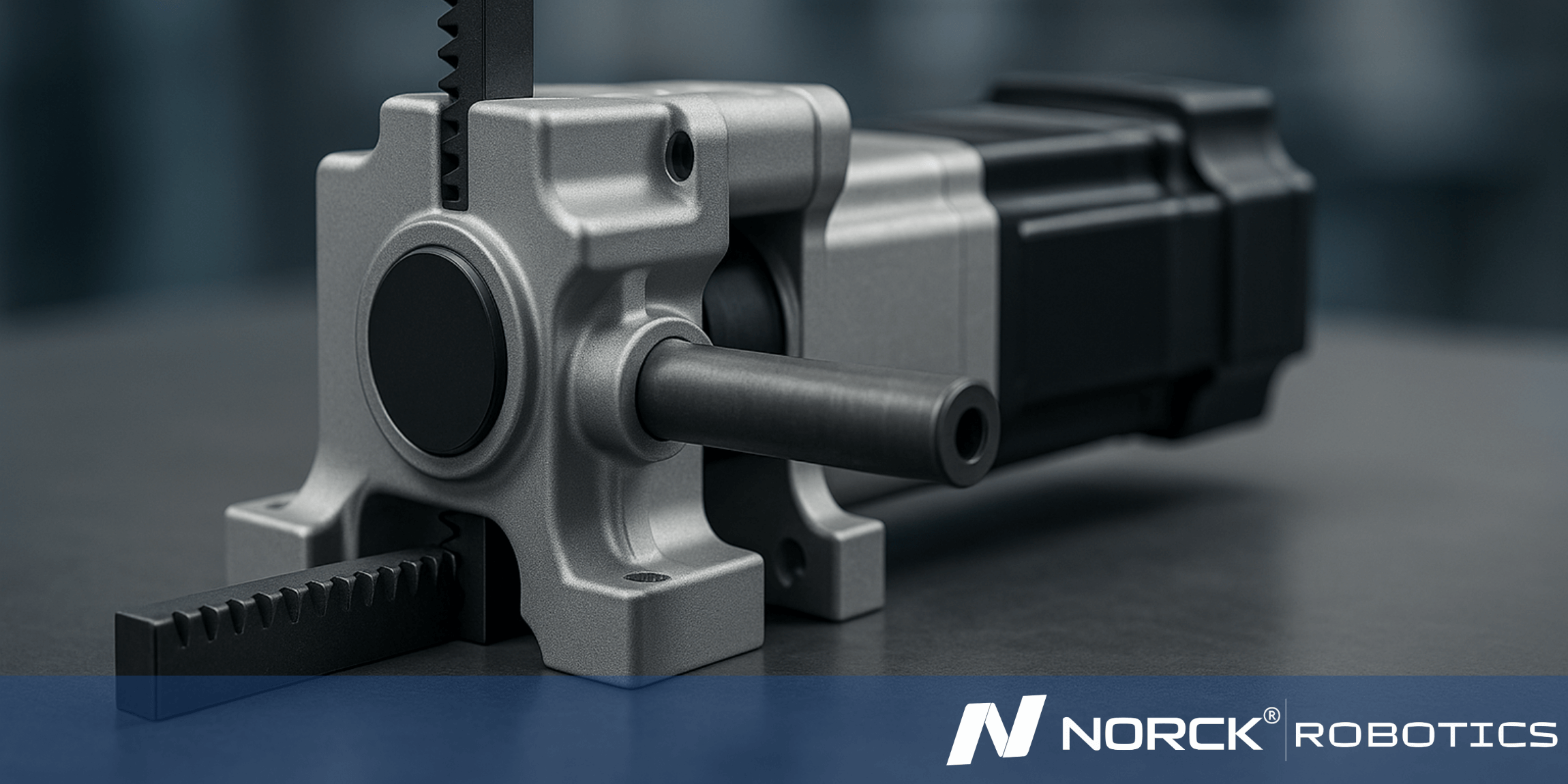

Ready to automate your future? Get a quote from Norck Robotics now!
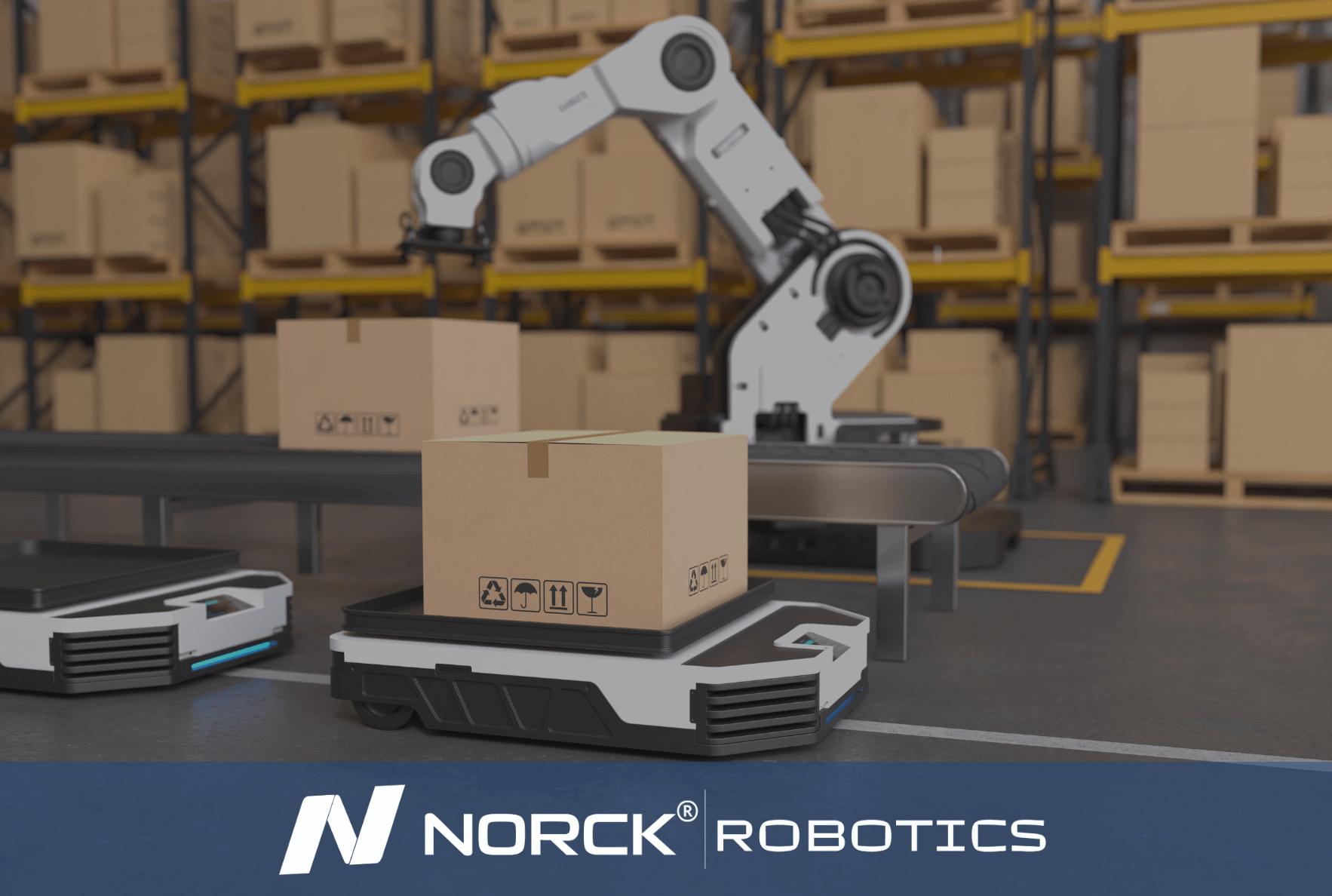
Norck Robotics specializes in providing unique robotic automation and engineering solutions designed to meet the specific operational needs of each client. Our expertise covers a wide range of industries and applications.
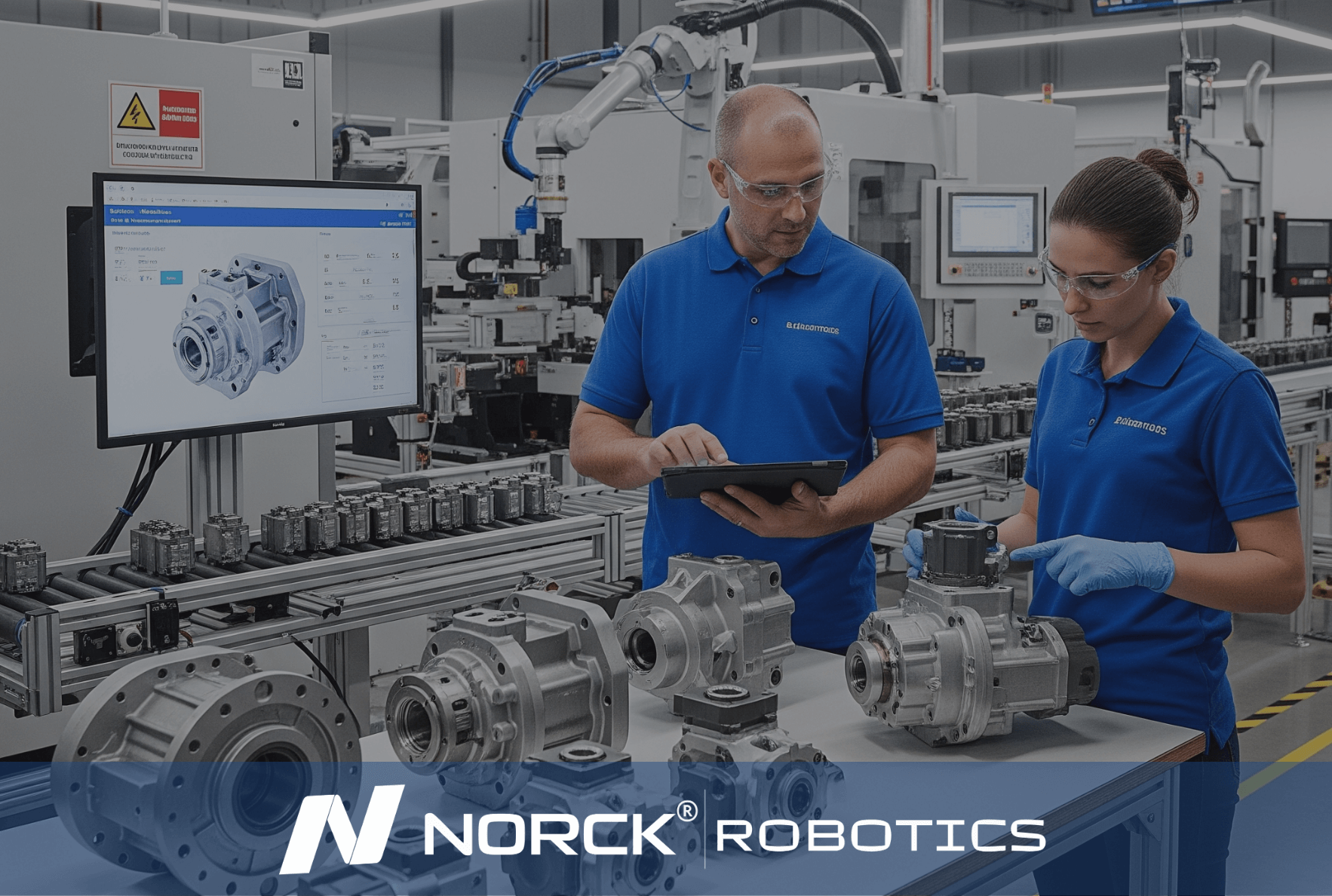
Norck Robotics delivers turnkey robotic automation and engineering solutions tailored to your specific needs across various industries.

Whether you need a single robotic cell prototype or full-scale factory automation, Norck Robotics engineers are ready to collaborate with you to bring your concept to life.

Norck Robotics engineers analyze your existing processes to provide feedback that enhances efficiency, cost-effectiveness, and productivity for robotic integration.
A rack and pinion arrangement uses a two-part economical mechanism to convert rotary motion into linear movement: the pinion, which is the circular gear, and the rack, the long straight-angled bar.
How It Operates
The pinion itself runs upon a shaft and powered by means of a motor or handles.
The rack is a straight bar filed racially for teething, and in such specifications that the teeth are matched with those on the circular pinion.
As the pinion turns, it imparts motion to the rack by engaging its teeth.
Either pushing the rack forward or pulling it backward will occur, depending on the rotation direction of the pinion.
Very simple mechanical interaction provides precise control over linear movement.
Main Points
Speed and distance of linear movement depending on the pinion size and number of teeth.
The mechanism has a smooth direct action, commonly used where strong and reliable mechanical motion is needed.
Common Applications
Thus, the rack and pinion system creates non-evolved and more safe linear motion ground on the working of the turning of gear into a straight bar.
One of the major reasons why rack and pinion mechanisms find many applications in automation and industrial uses is advantage. Strength and ability to achieve long strokes in the linear motion are among the two chief advantages of this device.
Mechanical strength and durability are very high in rack pinion systems capable of withstanding heavy loads and very harsh conditions in operations.
Showing a simple, straight gear-driven system with almost few moving parts, they reduce the chances of mechanical failure.
Most often used in very important applications where reliability and long service life are paramount, such as industrial machinery, transport an site construction equipment.
One of the remarkable features of this kind of system is the long stroke length that can be achieved.
Unlike most screw-based mechanisms (like lead screws or ball screws), which are limited in their travel by the length of their screw, using a longer rack or joining multiple racks allows the travel to be made longer in rack and pinion systems.
They are best suited for automated systems, CNC machines, or gantry robots moving components over very long distances at repeatably very high accuracy levels.
To conclude, the rack and pinion has two main advantages: one is strength and the other is the long stroke provision. These are the reasons why the rack and pinion is appropriate for those demanding high-performance applications that need robustness and precision-in-line motion reliability.

In addition to its own expert engineering team, Norck Robotics provides access to a network of hundreds of top-tier system integrators, robot manufacturers, and component suppliers across the United States, Germany, and Europe.

Working with Norck Robotics reduces dependency on manual labor, increases production consistency, and secures your operations against unforeseen disruptions, quality issues, and fluctuations. This enhances your company's supply chain resilience.
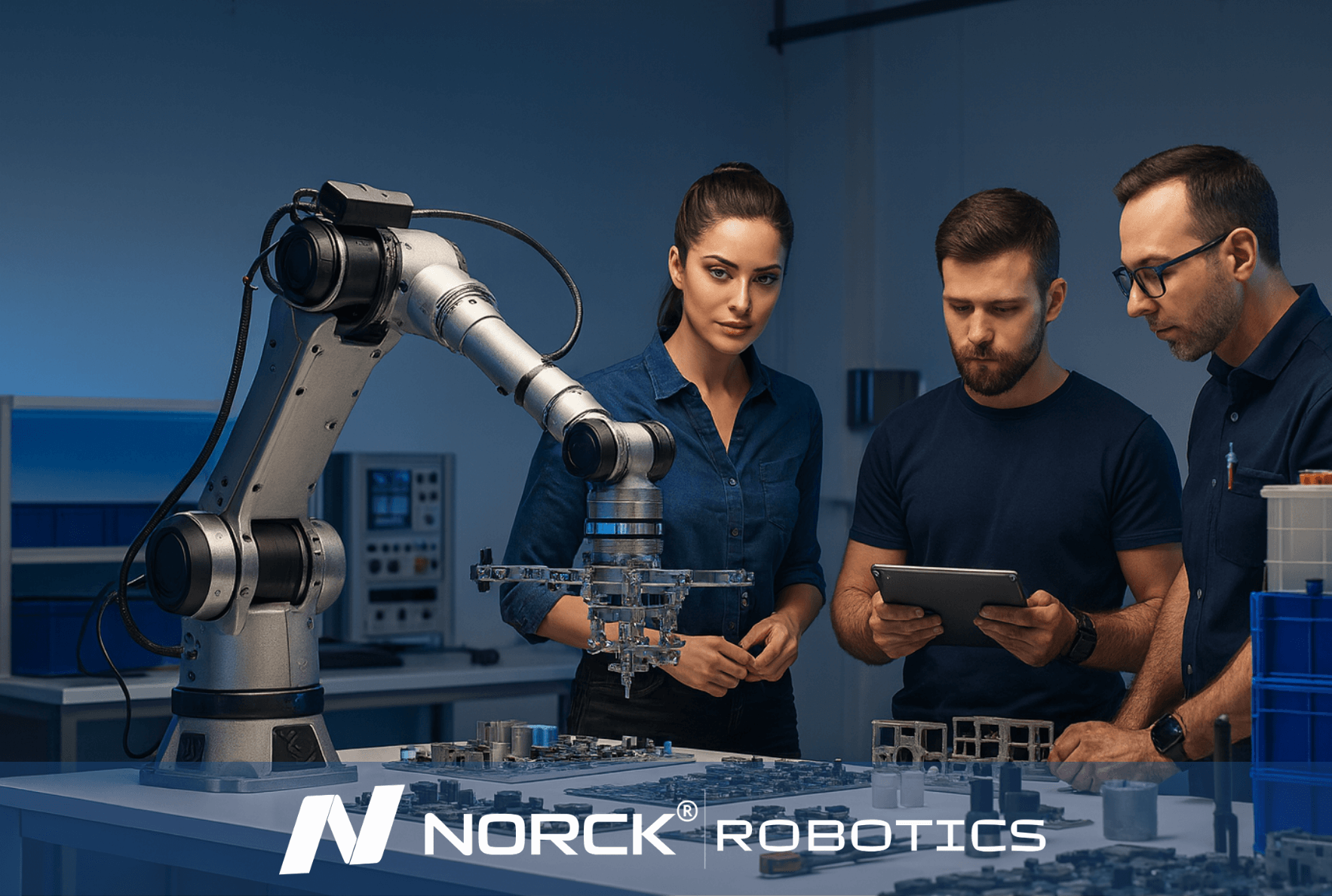
Norck Robotics advances digital automation by developing custom-designed robot grippers, advanced vision systems, and innovative simulation software. With an AI-driven, data-centric approach, it enables smarter system design, optimal performance, and predictive maintenance solutions.
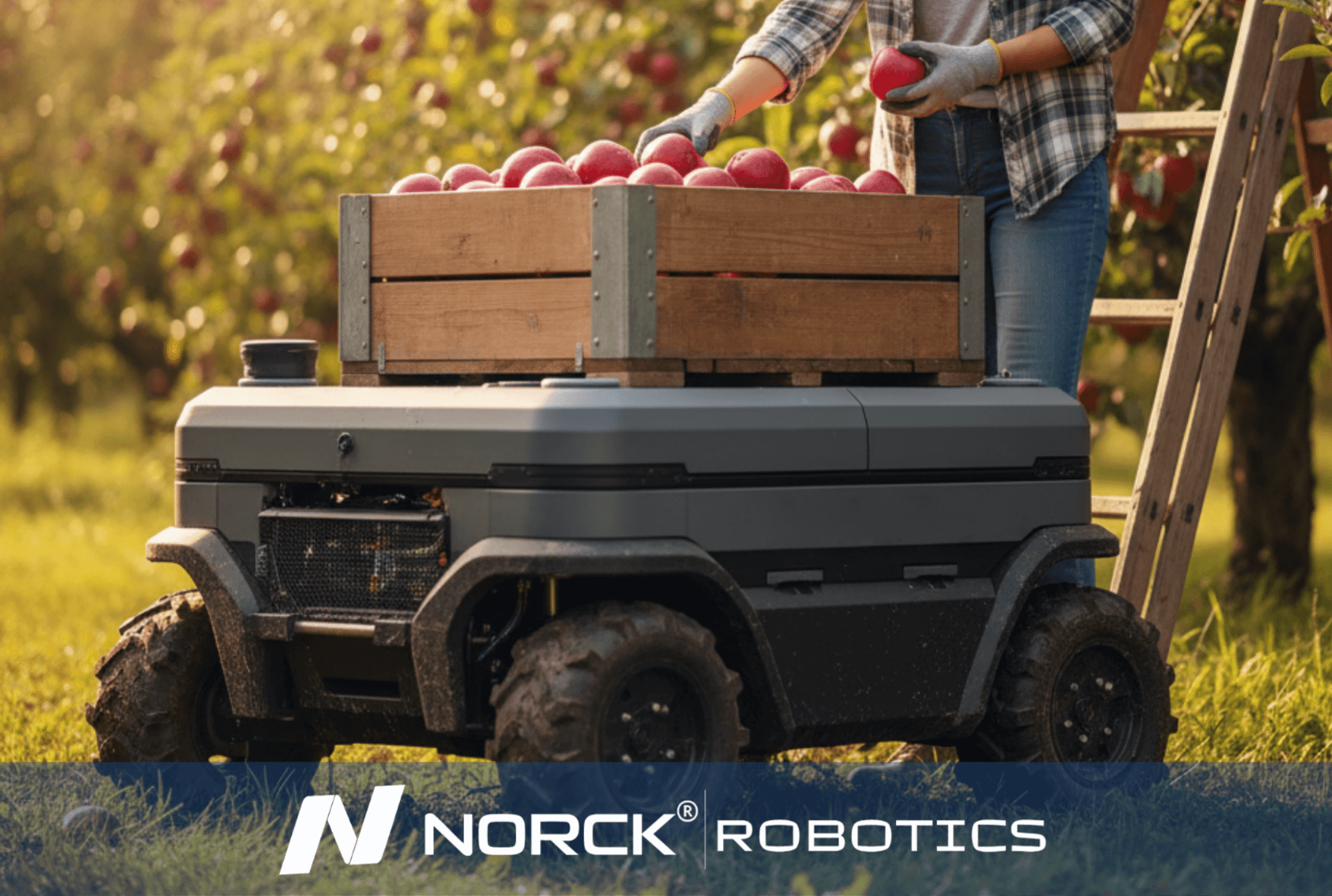
Norck Robotics encourages its partners to be carbon-neutral by reducing energy consumption and material waste through the efficiency of robotic automation, and prioritizes environmentally conscious suppliers.
When comparing precision, ball screw systems generally offer higher accuracy and repeatability than many alternative linear motion systems, such as lead screws or belt-driven actuators. This is because ball screws use ball bearings to reduce friction and backlash, allowing for smooth and consistent motion.
It is specifically preferred in applications with tight tolerances and fine control, such as in CNC machines or expensive 3D printers. In any case, some emerging technologies, such as linear motors or high-end roller screw systems, can deliver precision equal to or better than ball screws for certain applications.
Ultimately, the selection of one option over another depends on specific requirements regarding speed, load capacity, and positional accuracy.